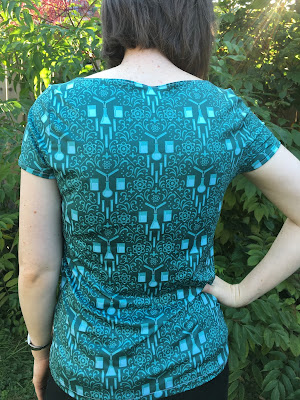At some point this fall, the kiddo transitioned from baby to toddler. It's a pretty noticeable difference, filled with new abilities and many more opinions. It's been keeping Mama on her toes, but I've still managed to sneak in a little bit of knitting.
Most important was to get a new hat and mittens for the munchkin. We've already had lost mitten issues and he keeps outgrowing hats. (My kid has a seriously large noggin'. Case in point: his adult uncle is wearing his hat in the photo below. The result is that I knit an adult small hat for him this winter so he has a chance of being able to wear it next year too; it's a little too deep but fits just right around his head.)
Enter in the Simple Collection from tincanknits. I've recently become a big fan of tincanknits, having knit four of her patterns in the last year. Her Simple Collection is beautiful and the patterns come in a wide range of sizes. Barley and Maize where just perfect for the kiddo's winter needs.
The munchkin seems to really like his new hat. We're still working on loving the mittens, but at least I used a long i-cord to connect them together so we won't have to worry about losing one when kiddo decides to actually wear them. If you aren't aware of the Simple Collection, I highly encourage you to check these patterns out!



































